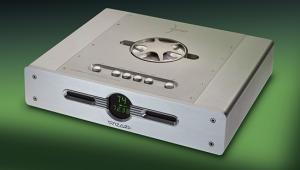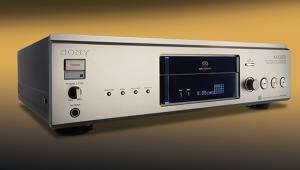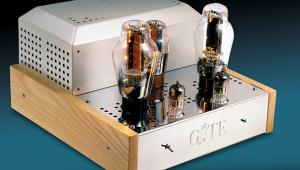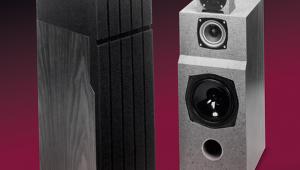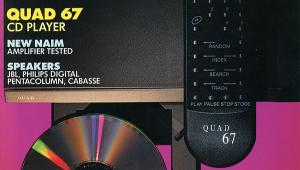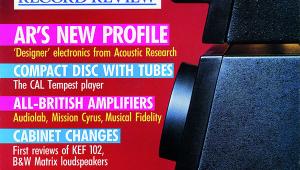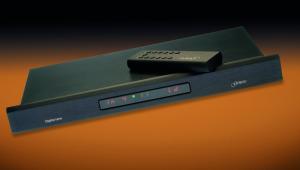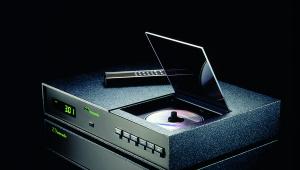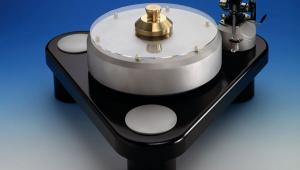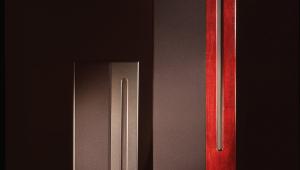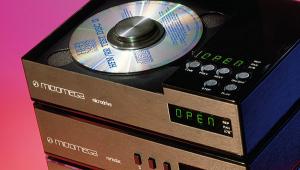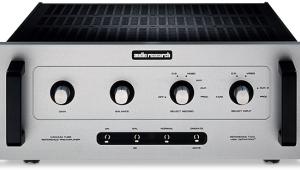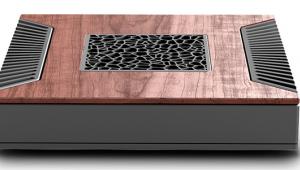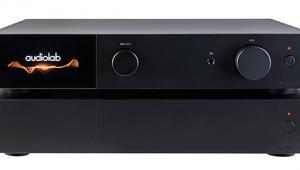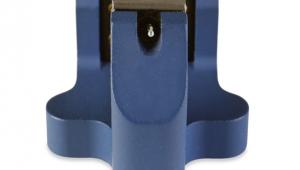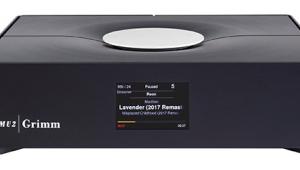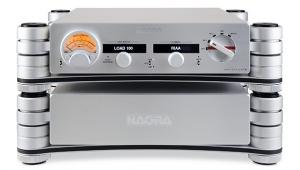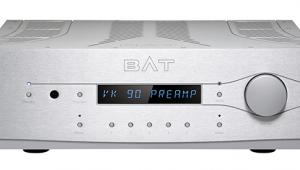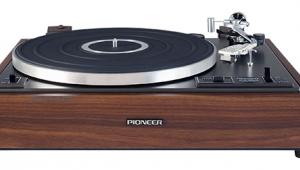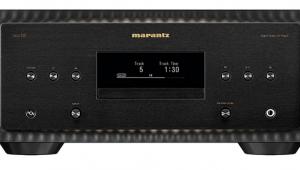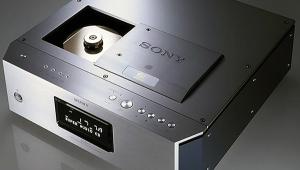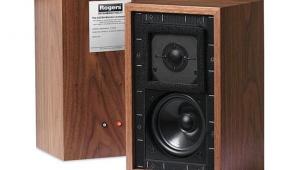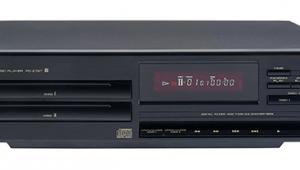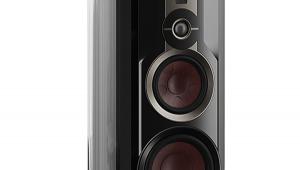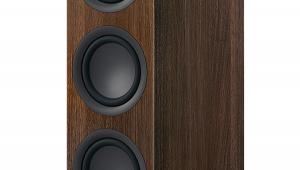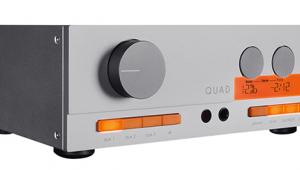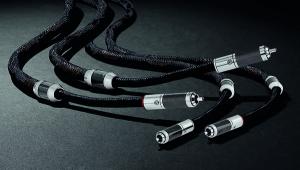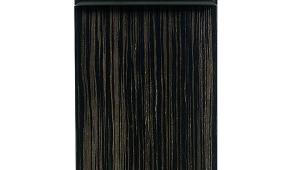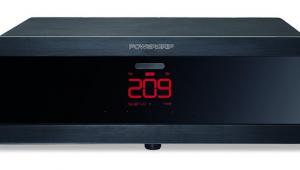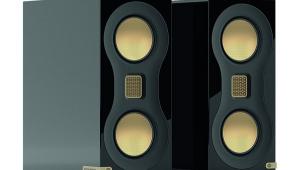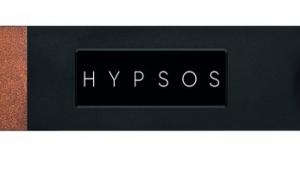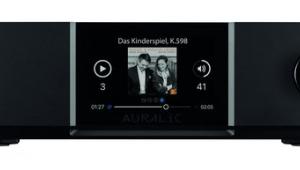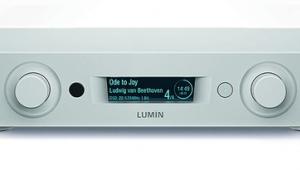Pink Triangle Integral
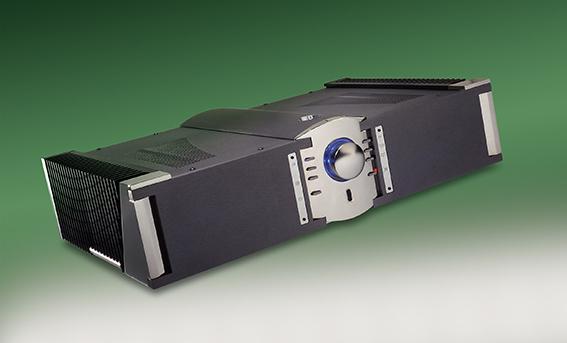

True story: a knowledgeable audiophile arrives at my listening room in mid-November. Pink Triangle’s Integral integrated amplifier is driving a set of Wharfedale Diamond 8.1s, its badge covered with tape. I state to this collector of some repute with a memory spanning 35 years, ‘You will never guess who made this amplifier. Never’.
He muses aloud. ‘Hmm, a bit Krell. Balanced input. Nice blue lights. Not Krell? No, no, it’s English.’ Silence. ‘Sugden?’ Close, but no cigar. He studies it some more. He fiddles with it, listens, stands back. After eight minutes of excruciating silence, he says, ‘I give up’. I tell him, ‘Pink Triangle’. He looks at me, shocked. ‘You’re [expletive] joking?’
Brand reborn
There’s a reason for recounting my friend’s genuine shock. Like many, I thought Pink Triangle was long gone. This company, after all, wallows in the glory of being a part of the ‘cottage industry’, a brand unlikely ever to reach an annual turnover of nine figures, employees in the thousands and its own hall at the Internationalen Funkausstellung. Indeed, with hand on heart, I’m genuinely amazed that Pink Triangle is celebrating its 21st anniversary, even more than I’m staggered by Croft Acoustics’ longevity. But most amazing of all is the Integral, which would have fooled me, too, if I hadn’t opened the box myself. It certainly owes nothing to that great-sounding and innovative turntable on which the company was founded.
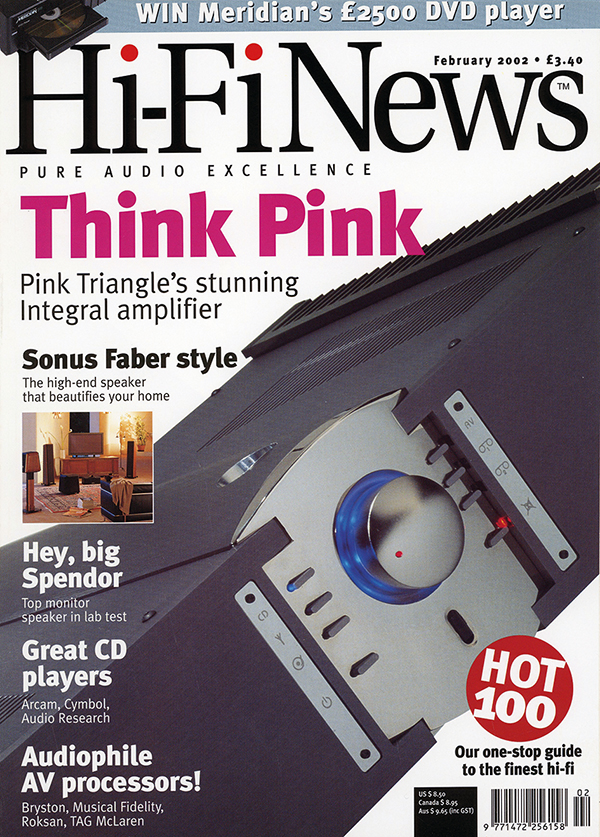
Cover of HFN February 2002
Pink Triangle’s first integrated amp, the Integral is an extremely low feedback design utilising an unusual cascode topology output stage [see boxout]. Fully dual-mono, it’s rated at 100W per channel into 8ohm, 200W per channel into 4ohm and 300W per channel into 2ohm, and proved more than capable of driving the Apogee Scintillas and Wilson Audio WATT/Puppy System 6.
All down the line
A line-level design – there are rumours of a matching phono stage for release in the future – the Integral provides an XLR balanced input marked CD, plus three line-level inputs via beautifully gilded phono sockets and facilities for two tape decks with record inputs for both. The Integral also encourages integration into a multichannel AV system or bi-amping, and a rear panel switch sets up the Integral to be driven directly from source components with variable outputs, such as Pink’s upcoming Da Capo II CD player. All of the inputs are wired with pure silver wire, while the outputs are connected with silver-plated copper. Also on the back are WBT’s wonderful EC-approved multi-way binding posts, with slots for spade connectors.
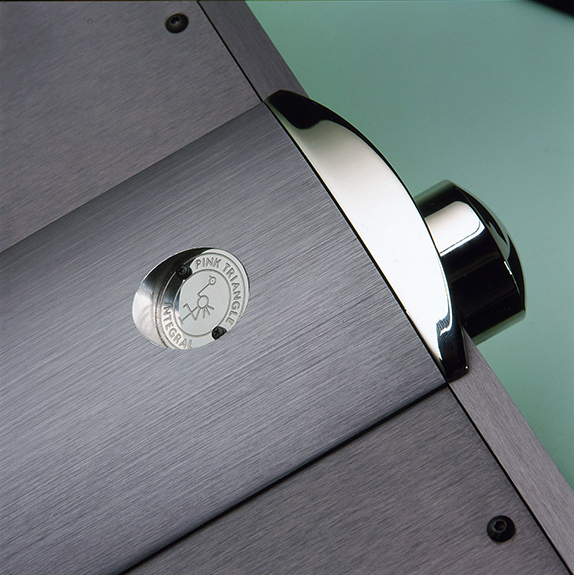
View of the Integral’s ‘humped’ top panel, with recessed branding and central chrome section
But you won’t want to look at this unit’s tush. This amplifier is one of the best-looking components I’ve ever seen, and I wouldn’t have registered one iota of surprise if I’d been told it came from Gryphon, Burmester, Bow or Primare. Finished in a fabulous charcoal grey anodising, its accents are chromed, including the huge, centrally positioned volume control mounted in a chrome sub-section. This is flanked by two rows of push buttons, each marked with an icon, for on/off, mute and the source selections. Each is accompanied by a blue light (why not pink?), and the volume control’s illumination turns red when the Integral is set to standby.
Slim ’n’ sonic
It’s important to position this gem in the context of HFN’s Great High End Integrated Amp Survey, which started with the Musical Fidelity A3, the Krell 300iL and the Gryphon Callisto, and of which there are at least five more to follow throughout 2002. Like these predecessors, the Integral is fully remote controllable (the handset even has provision for the forthcoming CD player), plus it’s designed to match whatever separates you might consider at the same price point, especially by virtue of its exceptional power.

The Integral’s remote handset also offers controls for Pink’s Da Capo CD player
But Pink’s model has a little ace up its sleeve: it’s actually svelte. Measuring only 450x112x310mm (whd) not counting the sockets, it is delightfully, deliciously, deliberately compact. And despite the slight hump which runs across the lid, it will be stackable with the CD player – combined, the two will still be smaller than many integrated rivals.
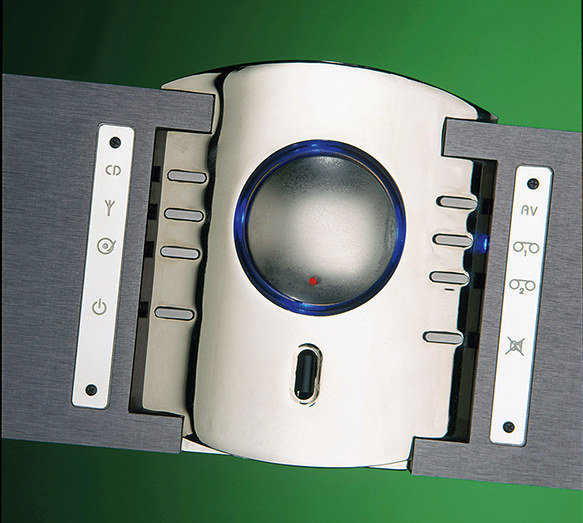
The amp’s front panel features source, mute and power buttons, plus a large, illuminated volume rotary
As far as this beauty is concerned, I have but one non-sonic complaint: the rows of viciously sharp heatsinks along the sides of the chassis. When will manufacturers learn to round off their corners? That aside, the Integral deserves some kind of award for its looks alone.
![]() Rise to the occasion
Rise to the occasion
Given its vast reserves of power and its choice of balanced and single-ended inputs, the Integral slotted nicely into the systems I was using, accepting the balanced outputs of Audio Research CD3 and Marantz CD12 CD players, via Transparent Ultra cabling. I fed a Musical Fidelity 3D into the single-ended inputs, and used the Integral to drive the aforementioned Wilson, Wharfedale and Apogee speakers, plus a burst of Quads and LS3/5As. I don’t know what the retailers will point you towards but, so far, I couldn’t find a single speaker which gave this amplifier a hard time. In that respect, it also matches the super-integrateds we’ve previously featured in this series.
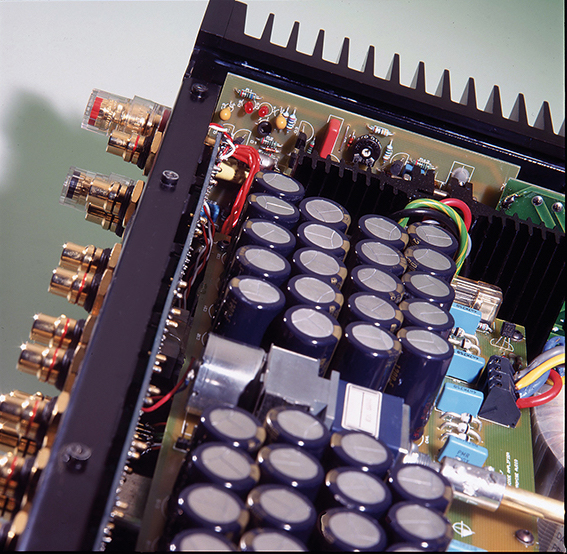
Internal and external heatsinks are used for thermal management – although reviewer Ken Kessler found the latter to be ‘viciously sharp’
Where the Integral parts from its predecessors, besides its diminutive dimensions, is in sonic presentation. Every one of the others, however capable they were of displaying the most refined, genteel manners this side of a Leak TL12, never let you forget that they were real powerhouses. I suppose that the best analogy would be likening them to Ferraris or Lamborghinis in the city, which never leave second gear. The Integral takes the opposite tack. At normal listening levels – in my case, 88dB at 2m – you’d swear you were using a sweet 50W or 60W classic, like a small Audio Research amp, or a 25-watter from the Golden Age. It’s all about comportment, and Pink Triangle’s amp suggests breeding totally not in keeping with the company’s radical, guerrilla origins and turntables designed to make a statement.

Lid off shot shows the Integral’s use of separate PSU transformers and multiple, low-ESR capacitor banks for each channel
Then, when it’s time to either rock hard or go all orchestral, the Integral simply rises to the occasion, like a gentleman amateur sportsman of the 1930s metamorphosing into a Battle of Britain ace without so much as a twinge of his handlebar.
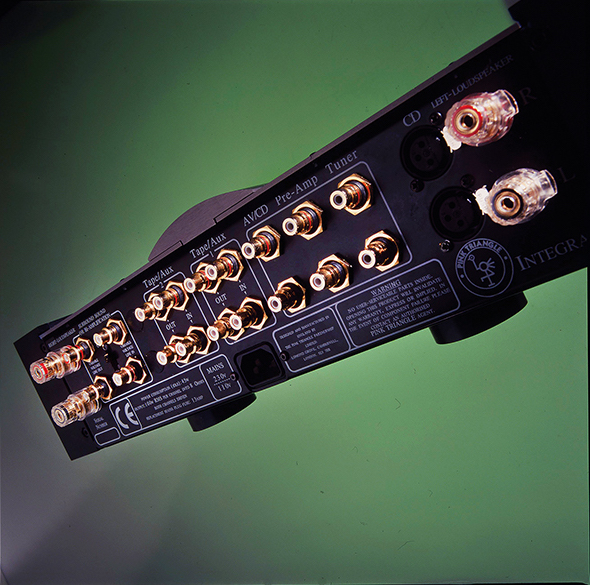
RCA inputs marked AV/CD, Pre-Amp and Tuner are joined by one set of balanced XLR ins, twin tape loop connections, a ‘direct’ line-in and WBT multi-way speaker terminals
Heady stuff
As I tend not to lean toward headbanging, it took me some days to discover the Integral’s split personality (this was also partly due to the long burn-in period the manufacturer asked I undertake). All of a sudden, I have before me an amp with the dimensions associated with budget integrateds, yet it’s providing all of the grunt necessary to deliver Kodo drummers, the Glory soundtrack, some Sousa and live Motörhead at teeth-rattling levels – with no clipping apparent.
